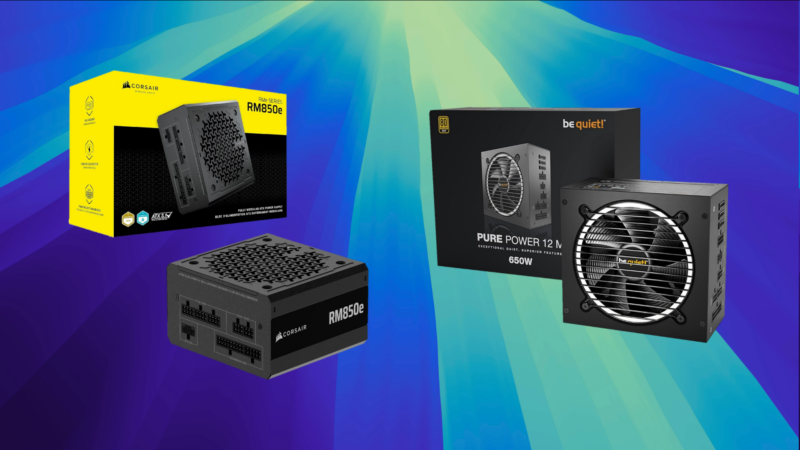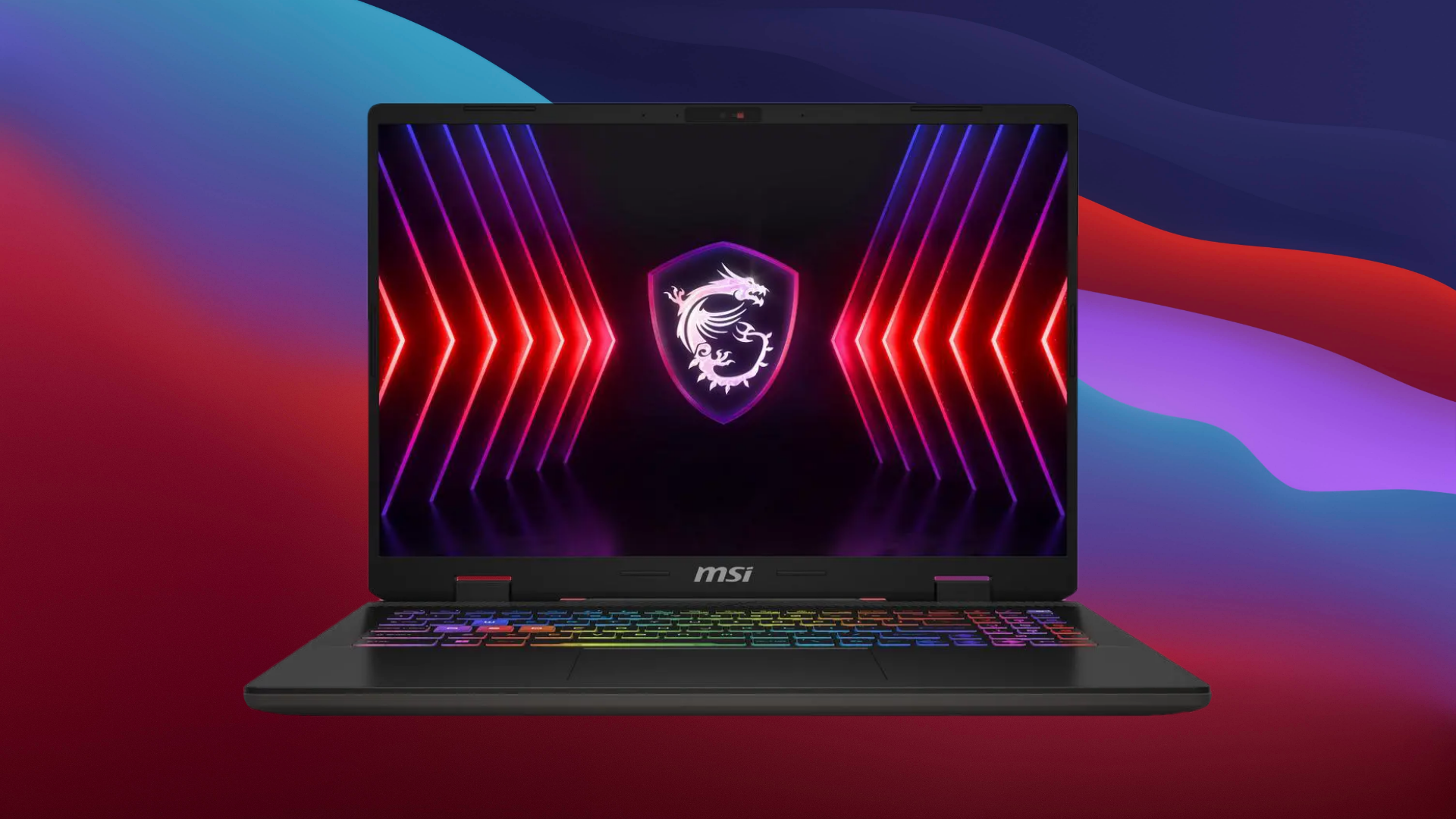This article explores real-world use cases and applications to assist end users in selecting a new graphics card.
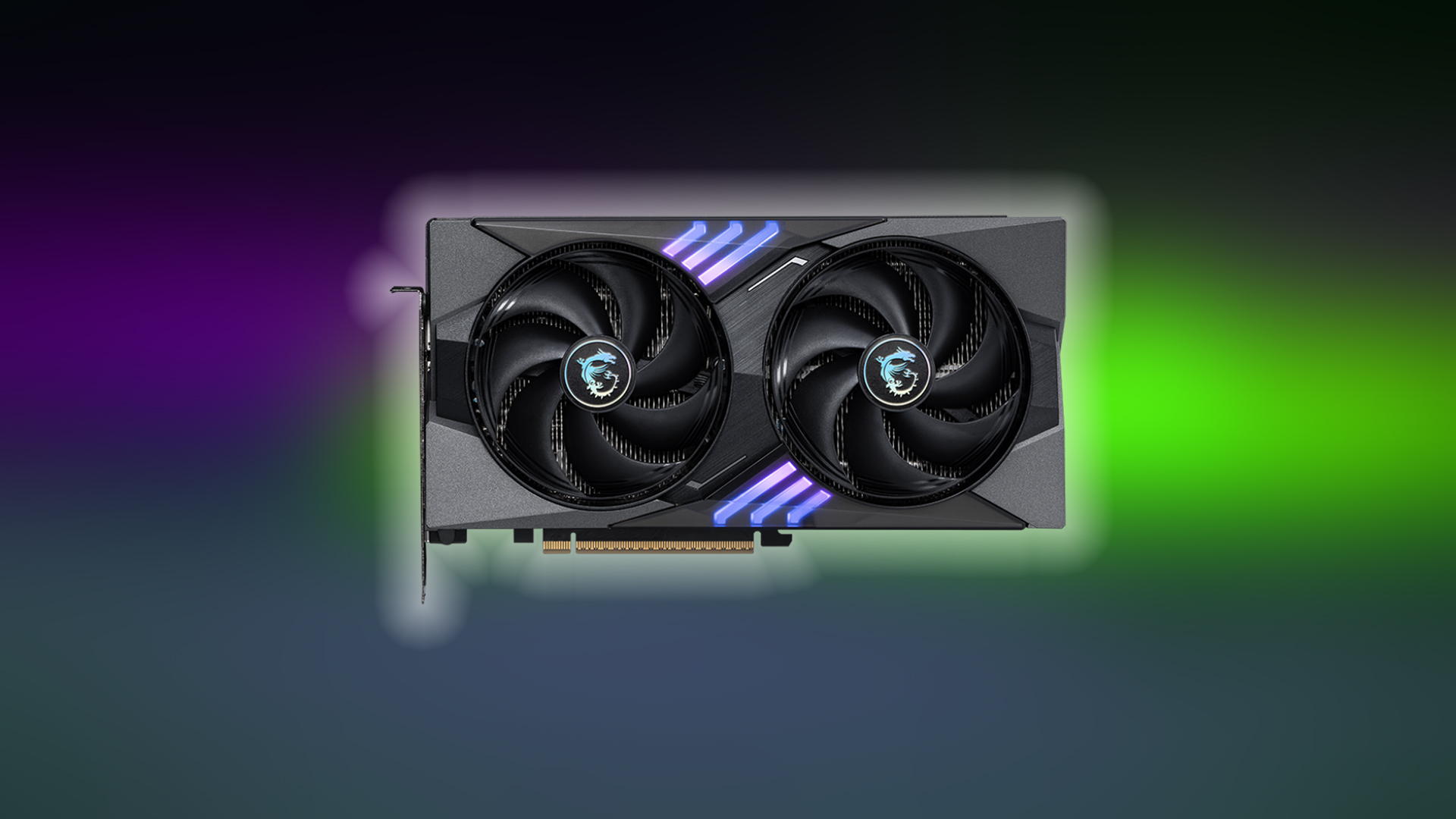
Selecting the right graphics card (GPU) is crucial for your use case. Whether gaming, content creation, or other graphics or compute-intensive tasks, numerous options are available in the market. Nvidia, Intel, and AMD offer GPUs, but their performance across real-world use cases varies significantly. While some models between brands share similar VRAM, they are not the same. This article explores the critical considerations you should be aware of while purchasing.
Graphics Card Purpose and Usage Requirements
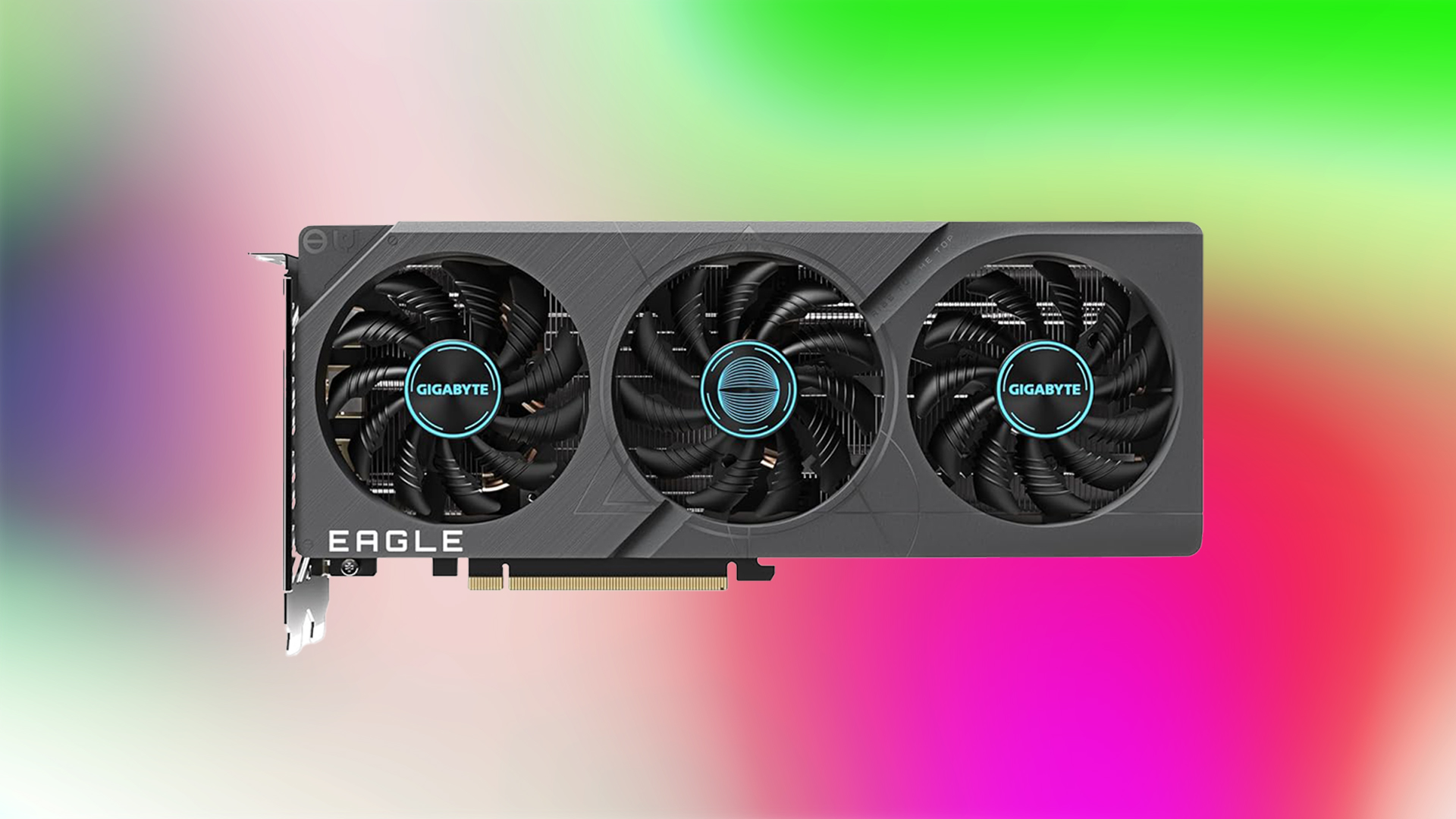
Non-Gaming Usage
- If you are building an HTPC or just surfing the internet, pick an entry-level GPU, provided that your CPU lacks an IGPU.
- If you are creating content, such as video editing and 3D rendering, you need to spend more on options with higher VRAM.
- If you are using professional workloads like machine learning or scientific visualization, specialized GPUs (Tesla, H100, or Quadro) are preferred.
- For the best GPU overall, always focus on compute performance, architecture, efficiency, and memory bandwidth.
Gaming Usage
- If you plan to play AAA titles, you need a high-power GPU, smooth framerates, and real-time ray tracing.
- Competitive esports? Prioritize frame rate over graphics. 8GB cheap GPUs can get you through.
- The used market always has interesting offers on the go. Keep an eye out for deals such as the RX 7900 XT and the 7900 XTX, which are going at attractive rates.
GPU Performance Requirements and Expectations
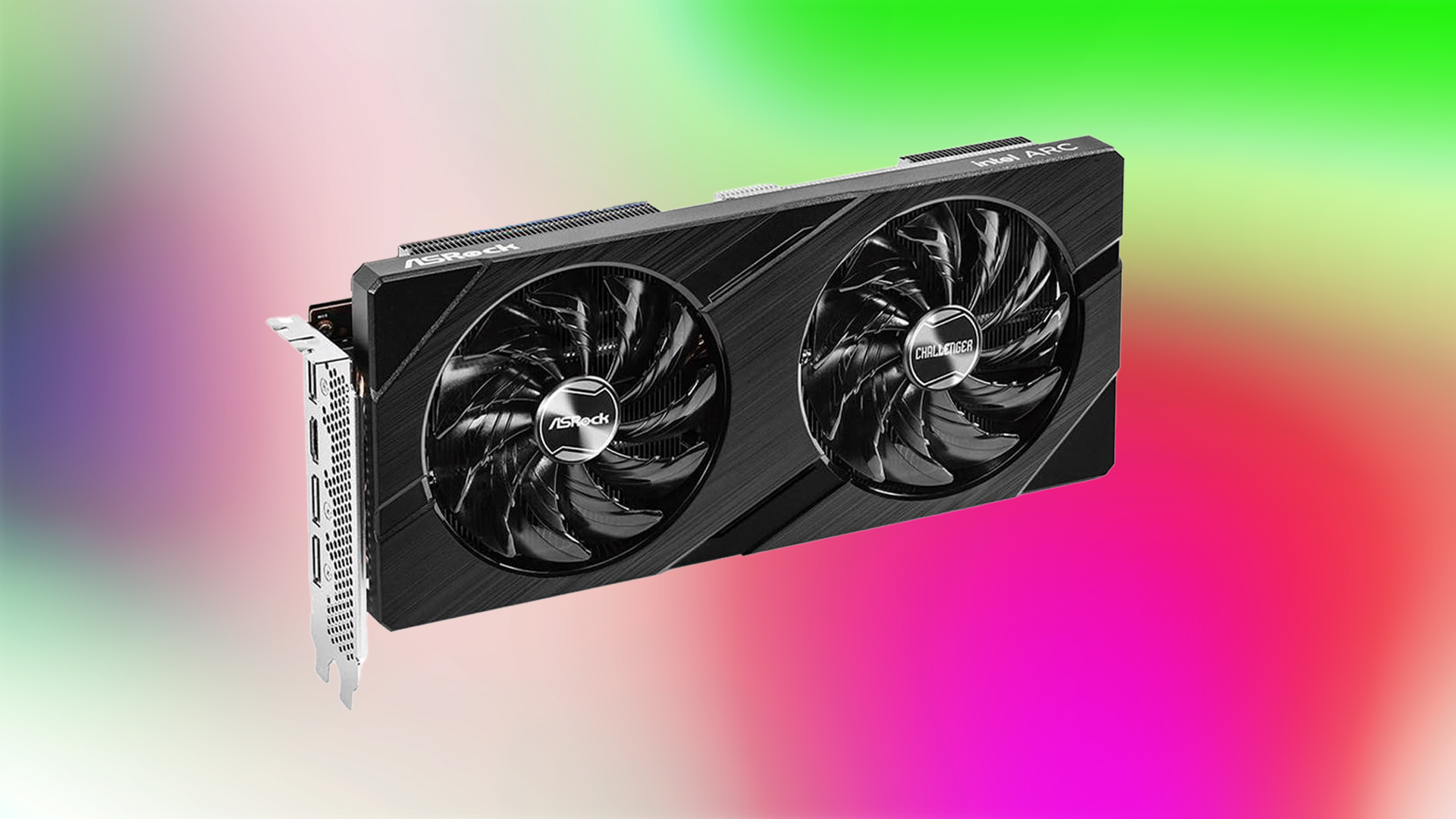
- Resolution & Frame Rate: Higher resolutions (1440p, 4K) and higher refresh rates (120Hz, 144Hz+) demand more GPU power. Match your card to your monitor’s specs and your expectations.
- VRAM: 8GB is the minimum for new games at 1080p. 12 GB+ is recommended for 1440p or 4K or future-proofing. More VRAM helps with larger textures and multitasking. For esports titles, 8GB works just fine.
- Ray Tracing & Upscaling: Features like ray tracing (realistic lighting) and AI upscaling (Nvidia DLSS, AMD FSR) can enhance visuals but require compatible GPUs. Intel also has XeSS, an open-source, hardware-independent solution that favors Intel hardware.
Budget and Value
Price-to-Performance: Mid-range cards often offer the best value. High-end cards are expensive and may offer diminishing returns for most users.
AMD vs. Nvidia vs. Intel:
- Nvidia: Best for ray tracing, AI features, and top-end performance. AMD is catching up quite fast.
- AMD: Often better value, more VRAM for the price, extremely competitive mid-range.
- Intel: New to the game, but proving to be incredibly capable. The B580 GPU is incredibly capable at its MSRP.
Don’t forget sales of previous-generation cards. They offer incredible used value. Sometimes, brands or stores like Microcenter clear old stock at great value.
Compatibility
- Power Supply: Make sure your PSU can handle the GPU’s power draw and has the correct connectors. High-end cards often need 650W+ PSUs.
- Physical Size: Check your PC case for enough space. Modern GPUs can be long and thick. For SFF builds, GPUs are highlighted with the SFF tagline, so follow that.
- Motherboard & CPU: Ensure your motherboard has the correct PCIe slot. Avoid pairing a high-end GPU with a weak CPU (bottlenecking).
- Monitor: Your GPU should match your monitor’s resolution and refresh rate for optimal performance. Check compatibility for G-Sync or FreeSync.
Cooling & Noise
- Air vs. Liquid Cooling: Air cooling is standard in GPUs and sufficient for most. Liquid cooling is quieter and better for overclocking, but it is more expensive and complex. It also raises the upfront cost, as your PC case may require a change or modification. DIY enthusiasts prefer water blocks and install custom cooling hardware on their GPUs.
- Case Airflow: Ensure your case can handle the heat output, especially for powerful cards like the RTX 5090.
Future-Proofing
- VRAM & Features: Sometimes, it’s a good idea to pick more VRAM over a faster card. At the rate at which new titles are becoming demanding, at least games won’t be a stutter fest. Even higher VRAM helps in professional workflow.
- Driver Support: Intel, Nvidia, and AMD offer excellent driver support, fixing issues within weeks.
Warranty & Support
Warranty: Brands like Zotac and Gigabyte offer extended warranties upon online registration. Most brands offer a standard 2- to 3-year warranty.
Customer Support: Good support can make a big difference if issues arise. Ensure you buy a locally active brand so you don’t have to deal with the hassle of RMA.
Conclusion
It’s challenging to pick a graphics card that matches your needs, fits your system, and offers the best value for your budget. Most people overspend on features they won’t use in real-world cases. Sometimes, shopkeepers will try to misguide users, marketing and selling stuff the user already knows, just by flavoring it. Technically, both parties aren’t wrong, but watch out for those Bobbie traps.
Looking For More Related to Tech?
We provide the latest news and “How To’s” for Tech content. Meanwhile, you can check out the following articles related to PC GPUs, CPU and GPU comparisons, mobile phones, and more:
- 5 Best Air Coolers for CPUs in 2025
- ASUS TUF Gaming F16 Release Date, Specifications, Price, and More
- iPhone 16e vs iPhone SE (3rd Gen): Which One To Buy in 2025?
- Powerbeats Pro 2 vs AirPods Pro 2: Which One To Get in 2025
- RTX 5070 Ti vs. RTX 4070 Super: Specs, Price and More Compared
- Windows 11: How To Disable Lock Screen Widgets
 Reddit
Reddit
 Email
Email
